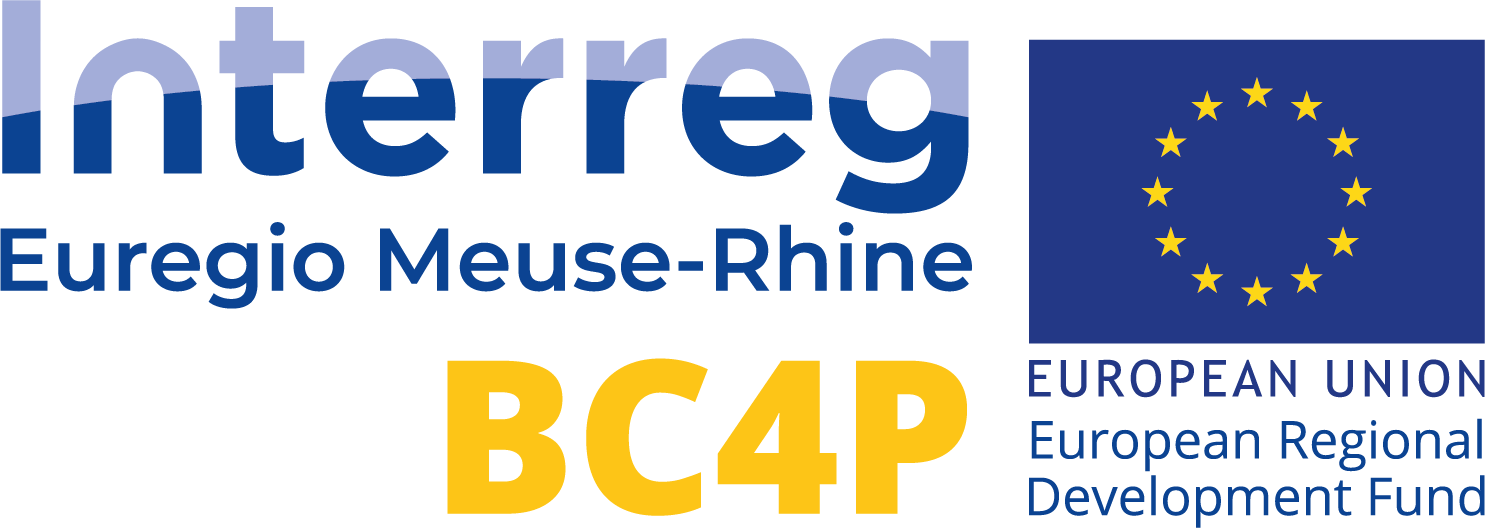Publication T2.2.1_Smart contracts for the blockchain for prosumers project
A Blockchains is mainly a concatenation of data in a one-way direction. It’s structured into blocks which contain the transaction data and can be used to assist the sharing of energy in the energy market.
A blockchain is mainly a concatenation of data in a one-way direction. It’s structured into blocks which contain the transaction data. Each block links to the previous block via a reference that is the hash of the previous block called parent block. The first block of a blockchain is called genesis block and has no parent block.
The hashes secure the transaction data inside a block and all blocks previous, because the hash of the current block includes the hash of the previous block too.
A decentralized blockchain provides traceability, security and other advantages for the stored trade data. These properties are influenced by the type blockchain and the underlaying consensus protocol to synchronize the distributed system.
The blockchain can also be used to create smart contracts which allows a higher degree of automatization[7] inside the energy market.[8,9] Trades can be executed automatically depending on several triggers like reaching specific levels of energy prices. This would result in a more efficient energy market with less need for intermediaries.
| The blockchain is used as a decentralized database to store all trades made at the peer-to-peer energy market, that is implemented in this project based on the Grid Singularity framework (gsy-e)[1]. |

| A decentralized blockchain provides traceability, security and other advantages for the stored trade data. These properties are influenced by the type blockchain and the underlaying consensus protocol to synchronize the distributed system. |
The responsibility of the blockchain is to store these trades, but in comparison to traditional crypto currencies the energy market is regulated and not everyone can participate without the connection to the real-world energy grid – as our energy grid is part of critical infrastructure and our society depends on the proper functioning of it.
Future Work needs to involve ensuring the scalability of the system for a larger scale – as the European energy market provides market access to multiple hundred agents which can trade in real-time at the market. The amount of p2p energy trades generated fromthousands of participants would generate a large amount of data and traffic, that the blockchain solution needs to be able to handle in real time to ensure grid safety.
Yet it still needs further research to work out a scenario where the blockchain solution shows clear benefits in contrast to a central data storage using a database cluster or a data stream solution like Apache Kafka.
1Grid Singularity. https://github.com/gridsingularity. GitHub.
7Mohanta, Bhabendu Kumar, Soumyashree S. Panda, and Debasish Jena. “An overview of smart contract and use cases in blockchain technology.” 2018 9th international conference on computing, communication and networking technologies (ICCCNT). IEEE, 2018.
9Kirli, Desen, et al. “Smart contracts in energy systems: A systematic review of fundamental approaches and implementations.” Renewable and Sustainable Energy Reviews 158 (2022): 112013.
Contact: info@blockchain4prosumers.eu

